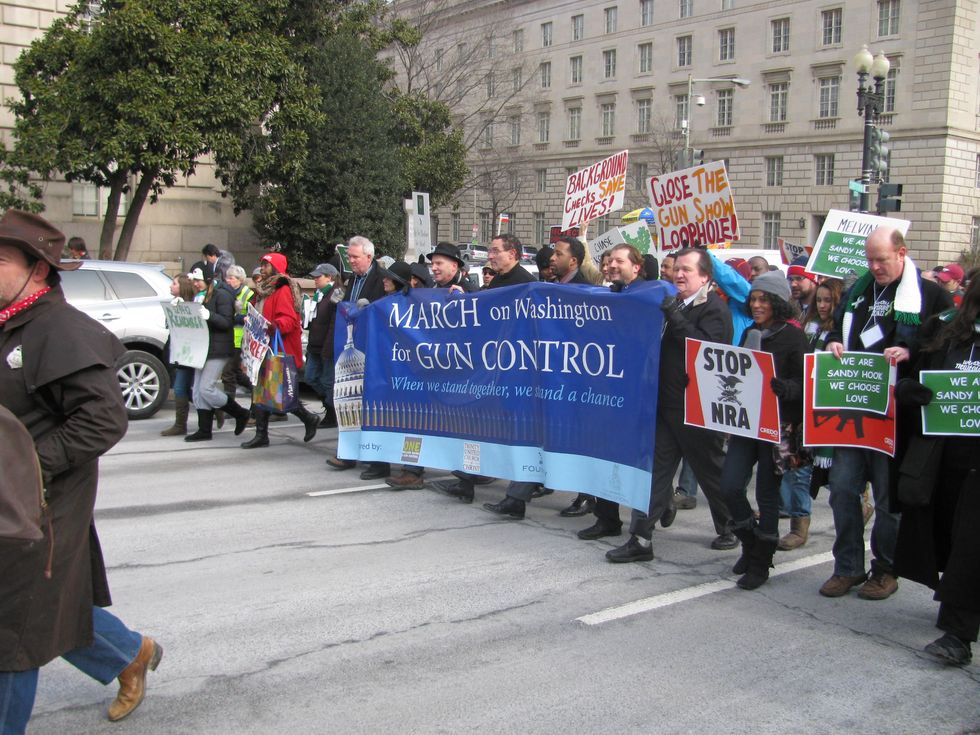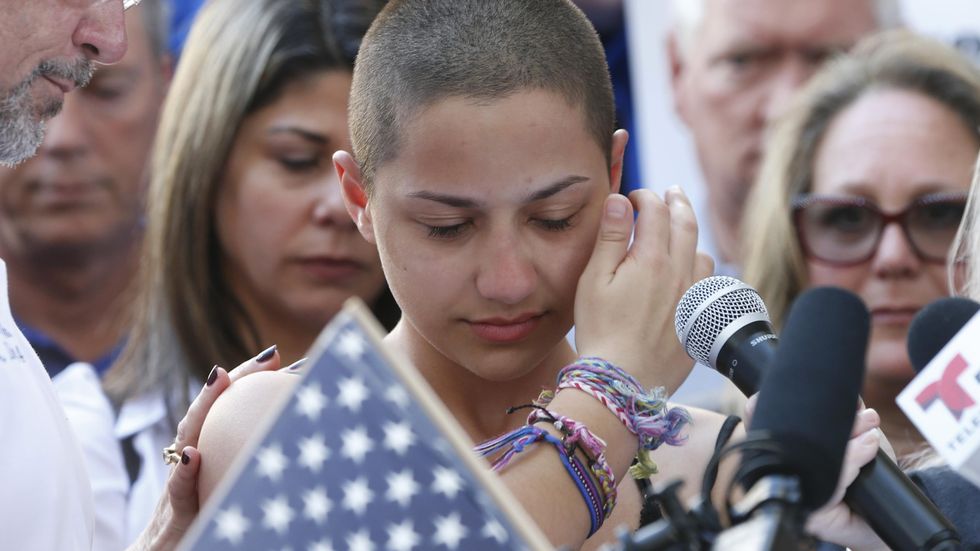On Saturday, March 24, there were many gun reform rallies held all around the country. The recent rallies and protests calling for more gun control laws, started because of the #NeverAgain movement, that began after the recent shooting in Parkdale, Florida. Recently, I read an article written by Hayley Miller of The Huffington Post, focusing on this movement, which is being led by a group of students that survived the school shooting in Parkdale. One of the student leaders of the movement, recently called out the media for not having enough coverage of gun violence in black communities.
David Hogg, a senior at Marjory Stoneman Douglass High School and a leader of the #NeverAgain movement stated, “If this happened in a place of a lower socioeconomic status or ... a black community, no matter how well those people spoke, I don’t think the media would cover it the same. We have to use our white privilege now to make sure that all of the people that have died as a result of [gun violence] and haven’t been covered the same can now be heard.”
Sadly, Hogg is correct. There has been a significant lack of media coverage when it comes to gun violence in black communities, and even though it’s great to finally see strong media coverage on this prevalent issue, it is a shame that it has taken this long.
Earlier this month, 11-year-old Naomi Wadler led a walkout at her elementary school, rallying for more gun control laws. At the walkout, she wanted it to last for 18 minutes, with each minute honoring a victim of gun violence. The 18th minute was dedicated to Courtlin Arrington, a 17-year-old black girl who was recently shot and killed by another student. I think that Wadler’s walkout was definitely newsworthy, and I am disappointed that I did not hear about it on the news. I always knew that there was a plethora of gun violence in black communities, but I never conducted any research to support this statement, until now.
In 2016, the FBI stated that black people accounted for 52% of murder victims, and around three-quarters of the murders in 2016 were because of guns. Not only that, but a 2017 report from the Centers for Disease Control and Prevention revealed that black women “were the group most likely to experience fatal homicides,” and according to the CDC, black children have the highest rates of firearms mortality. The last statistic that really stood out to me was from a 2014 study, stating that “black Americans are twice as likely to be killed by a gun than white people.”
So, after reading all of these different statistics about the effects of gun violence on the black community, I have one question for the media. Why did it take so long for gun violence to receive the coverage it deserved years ago? Why did I not hear about the deaths of 17-year-old Courtlin Arrington, 15-year-old Hadiya Pendleton, and 16-year-old Taiyania Thompson, who were all victims of gun violence? Why has the media avoided this issue until now? What I love about the Huffington Post article is the fact that the Stoneman Douglass students are quoted calling out the media for its lack of coverage of gun violence in black communities.
But not only is the media criticized for its lack of coverage, the article also talks about how these Douglass students are working with other black students in different communities in order to tackle the gun violence problem.In order to spark a positive change in the way that gun violence is covered by the media, more articles like this one need to be written so people will see this problem. I applaud these students for being critical of the media, and I applaud Hayley Miller for writing this article.
And in closing, I want to use a quote from Cameron Kasky, another Stoneman Douglass student survivor. “We have to represent those who unfortunately were ignored. This is not just about us ... When we’re together marching, this is not going to be different races, different generations ― this is going to be a unified people standing together against those who are trying to ignore us.” We have to work together against the people that want to ignore us, and that includes the media.


















